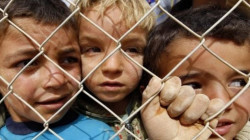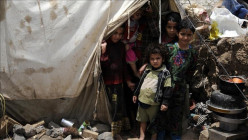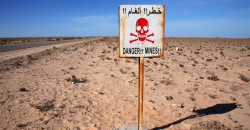Childhood death rate falls, threats persist: UN report

Shafaq News/ The number of children who died before the age of five hit a historic low of 4.9 million in 2022, according to a United Nations (UN) report on Tuesday.
The report, jointly compiled by the United Nations Children's Fund (UNICEF), the World Health Organization (WHO) and the World Bank, said deaths have decreased by 51% since 2000 and 62% since 1990.
Developing countries such as Malawi, Rwanda and Mongolia saw childhood mortality drop by more than 75% since 2000, the report highlighted.
"Behind these numbers lie the stories of midwives and skilled health personnel helping mothers safely deliver their newborns... vaccinating... children against deadly diseases, and (making) home visits to support families," UNICEF Executive Director Catherine Russell said in a statement.
What are the causes of these deaths?
One of the leading causes of early childhood mortality is complications during childbirth. Of 162 million children who have died worldwide since 2000, 72 million of these died in their first month.
Respiratory infections, malaria and diarrhea were also responsible for these deaths.
World struggling to meet 2030 goals
Despite the significant progress, the report called the achievement at risk of "stagnation or reversal" and highlighted persistent challenges.
The world is struggling to meet the 2030 UN goal of reducing preventable child deaths to 25 per 1,000 live births, with progress slowing post-2015.
The report said 59 countries require immediate investments in child health care.
Countries with high early childhood mortality, such as Chad, Nigeria and Somalia, see 80 times more deaths than countries with low childhood mortality rates.
The UN report highlighted that improved access to primary health care and community health workers could significantly improve the situation.
At the same time, factors, including climate change, increasing inequality, conflict and the long-term consequences of COVID-19 continue to pose a substantial threat.





